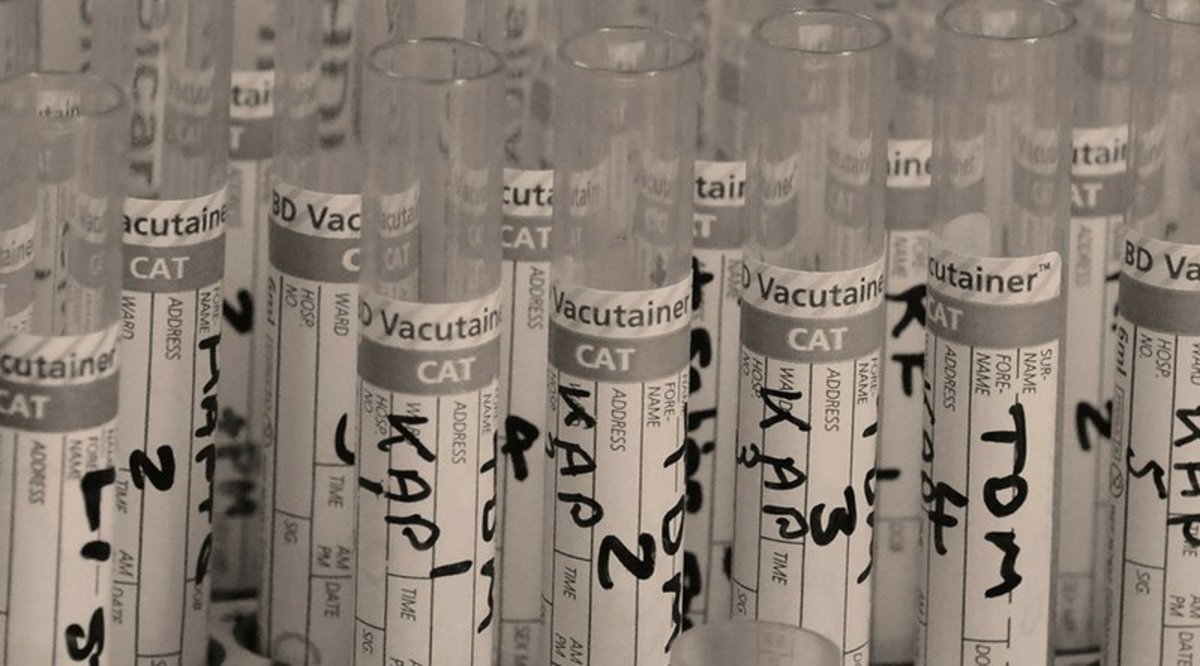
This is a guest post from the Distributed Ledger.
The disruptive nature of blockchain technology is easy for people to conceptualize in the field of finance. T+3 interferes in traders being able to maximize earnings – payments shouldn’t take days to process while an email can be sent in seconds. As the first use case in many to come, finance is a perfect use for the blockchain.
But a trend toward new use cases is emerging, and one industry that is ripe for optimization and increased efficiency using this technology is healthcare.
Consider all the sensitive information that is associated with health: identity, diseases, treatments, payment, etc. An individual’s health is one of the most private things they have, yet time and again, data breaches release considerable amounts of information about an individual’s health onto the Web.
Here are two examples of large-scale breaches:
- Anthem: 80 million patient and employee records
- UCLA Health: 4.5 million patients In each of these cases, there was a breach on the network and all of the data became available to the hacker. A single point of failure can cause significant harm to patients.
A blockchain can help prevent this with multi-signatures and cryptography. The data is hashed onto the blockchain and then, using multi-signatures, people can gain access only if there is approval from the appropriate number of people. Using this technology, there could be a rule that for patient records to be accessed, the doctor, nurse and patient must all approve; or, perhaps, 2-of-3 have to approve access.
Blockchain company Gem, which just raised $7 million
to expand its enterprise platform, has been working with different stakeholders in the healthcare industry to evaluate the need for blockchain technology. Micah Winkelspecht, CEO of Gem, shared with us that, similar to the financial industry, there are multiple stakeholders in healthcare that need to be considered when designing a blockchain application. He claims that true innovation by blockchains will occur where they connect independent parties to a cohesive, shared-write repository.
“The ability to have insurance companies, hospital billing departments, lenders, and patients using one blockchain to manage payments could reduce redundancies across the entire industry,” says Winkelspecht.
He goes on to explain that a blockchain network can solve for more than one problem facing healthcare data technology, payment collection being just one faction.
“If a blockchain can be used to manage the lifecycle of a hospital bill,” he says, “it could be used to manage the lifecycle of a patient’s medical record. Blockchains allow organizations to share access to their network without compromising data security and integrity. Patient records can be created, shared, and appended by multiple parties, introducing efficiency and transparency to a heavily siloed industry.”
Gem’s platform uses multi-signature, Hardware Security Modules (HSMs), and cryptographic keychains to address identity and information access security, which acts as an application layer to a blockchain protocol. A blockchain can then be used to permanently record network activity, which users can index or append based on access rights defined by the identity framework.
Factom and HealthNautica are looking to secure medical records and audit trails. This is done by encrypting the data onto the Bitcoin blockchain with a timestamp to verify its accuracy. The records can’t be changed and, because it is hashed to the blockchain, it can’t be accessed without permission. HealthNautica hopes to improve efficiency of claims processing and certainty that the records have not been changed.
Tierion
is another blockchain startup that has built a platform for data storage and verification using the Bitcoin blockchain. The company announced
in October of last year that it had completed its first project with the Philips healthcare group. While details of this project are not public yet, Philips global IT innovation lead Arno Laeven told CoinDesk
, “We are exploring blockchain in relation to health care just the same as we are exploring many new technologies.”
What’s exciting to many about the blockchain and healthcare interconnection is that it is still such a new field. As companies and healthcare providers see the effect that the blockchain is having on finance, there is bound to be a push toward implementing the same securing and optimizing technology to the healthcare area.
This article originally appeared in the Distributed Ledger, a weekly email newsletter about enterprise blockchain technology. To read more or subscribe, visit thedistributedledger.com










